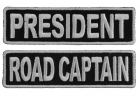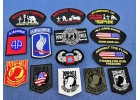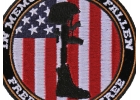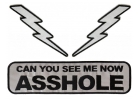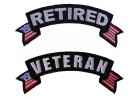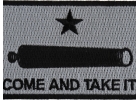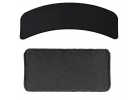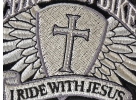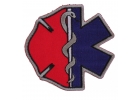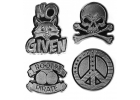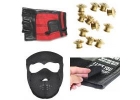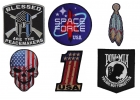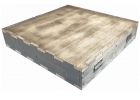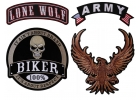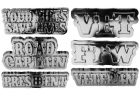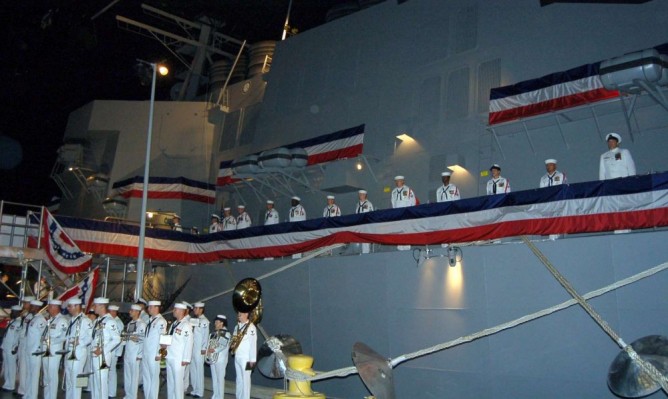
In the complex ranking system of the U.S. Navy, those who serve in this military branch are grouped into two broad categories -- the higher being known as officer class, then down through the lower, enlisted personnel.
Technically, officers are categorized by “ranks,” while enlisted are grouped by “rates.” In either case, however, these terms represent a hierarchy of pay grades, authority and responsibilities.
Naval Officer Ranks
Naval commissioned officers have not only participated in officer training, but generally have degrees from four-year universities.
Flag Officers
Flag Officers are the highest ranking leadership positions in the Navy. They range from Fleet Admiral to Rear Admirals.
Fleet Admiral (O-11) is the highest possible rank within the Navy. It is reserved for wartime, and has not been assigned since World War II.
Admirals (O-10), for all practical purposes, are the highest-ranking officers in the Navy. They generally hold positions of great authority, such as Chairman of the Joint Chiefs of Staff.
Vice Admirals (O-9) are often put in control of entire fleets or charged to direct specific naval regions.
Rear Admirals, Upper Half (O-8) are two-star officers who are sometimes assigned as deputies to higher-ranking officers in larger commands, or as leaders of other groups, such as strike groups and carriers.
Rear Admirals, Lower Half (O-7) are one-star officers who are tasked with commands that are similar to Upper Half Rear Admirals, although they may be of slightly lower-priority or complexity.
Additional Commissioned Officers
The remaining commissioned officers are lower in rank than the flag officers group, but they do hold positions of significant authority within the Navy.
Captains (O-6) are generally put in charge of large vessels, such as aircraft carriers and ballistic missile submarines, along with specialized groups such as the Navy SEALS.
Commanders (O-5) are senior officers and can be put in charge of medium-class vessels, aviation squadrons, and individual SEAL teams.
Lieutenant Commanders (O-4) can act as Executive Officers on ships, submarines and other vessels, as well as for SEAL Teams. Other duties might include commanding patrol craft.
Lieutenants (O-3) head up specific divisions on smaller naval vessels. They can also act as platoon leaders on SEAL teams.
Lieutenant, Junior Grade (O-2) is a stepping stone between the Lieutenant and Ensign ranks. During their training period, Lieutenants Junior Grade typically train in their specialty, or take a limited leadership position.
Ensigns (O-1) are considered the first step out of a qualifying institution, such as the United States Naval Academy, in the commissioned officer group. If they don’t go directly into a training program for their specialty, ensigns may serve as division officers in a fleet.
Warrant Officers (O-2, O-3, O-4, O-5) achieve their status via a warrant, as opposed to a commission. They often supervise enlisted personnel. These days, this group of warrant officer rankings are all designated as “Chief Warrant Officers,” with the ranking ranging from the highest, Chief Warrant Officer 5, down to Chief Warrant Officer 2. Warrant officers are trained to hold management positions over enlisted personnel, depending on their specialized fields.
Enlisted Navy Ranks
Enlisted sailors commit to a contract to serve in variously-rated Navy positions, for specific periods of time. Their rated positions, from highest to lowest, are:
Master Chief Petty Officer of the Navy (E-9) is an appointed position, assigned by the Chief of Naval Operations, and is the Navy’s most senior enlisted advisor.
Master Chief Petty Officers (E-9) serve in command positions either at sea or on shore. They comprise the top 1 percent of the enlisted officers, and usually act as a bridge between enlisted sailors and commissioned officers.
Senior Chief Petty Officers (E-8) are in the top 2.5 percent of all enlisted personnel. They advance to these positions after proving leadership, as determined by peer review and evaluation from their higher-ups. Many are assigned to command roles on vessels or within specific programs.
Chief Petty Officers (E-7) take on supervisory roles over lower rates of enlisted personnel, while also continuing to practice their field of specialization.
Petty Officers First Class (E-6) assist their Chief Petty Officers. They also serve as the leading petty officers of their divisions.
Petty Officers Second Class (E-5) often serve in naval work centers, while training in their specialty areas.
Petty Officers Third Class (E-4) represent the lowest rate of officer in the enlisted class. Like the higher petty officer ranks, this group has duties within their chosen field, while also being placed in supervisory roles to junior enlisted personnel.
Seaman (E-3, E-2, E-1) are the lowest-rated group of personnel within the naval organization. This group is comprised (moving from highest to lowest) of Seaman, Seaman Apprentice, and Seaman Recruit. Each of these categories further break down into functions, including Hospitalman, Airman, and Fireman. Duties of any of these Seaman positions range from janitorial to deck-swabbing to fuel-stoking.






